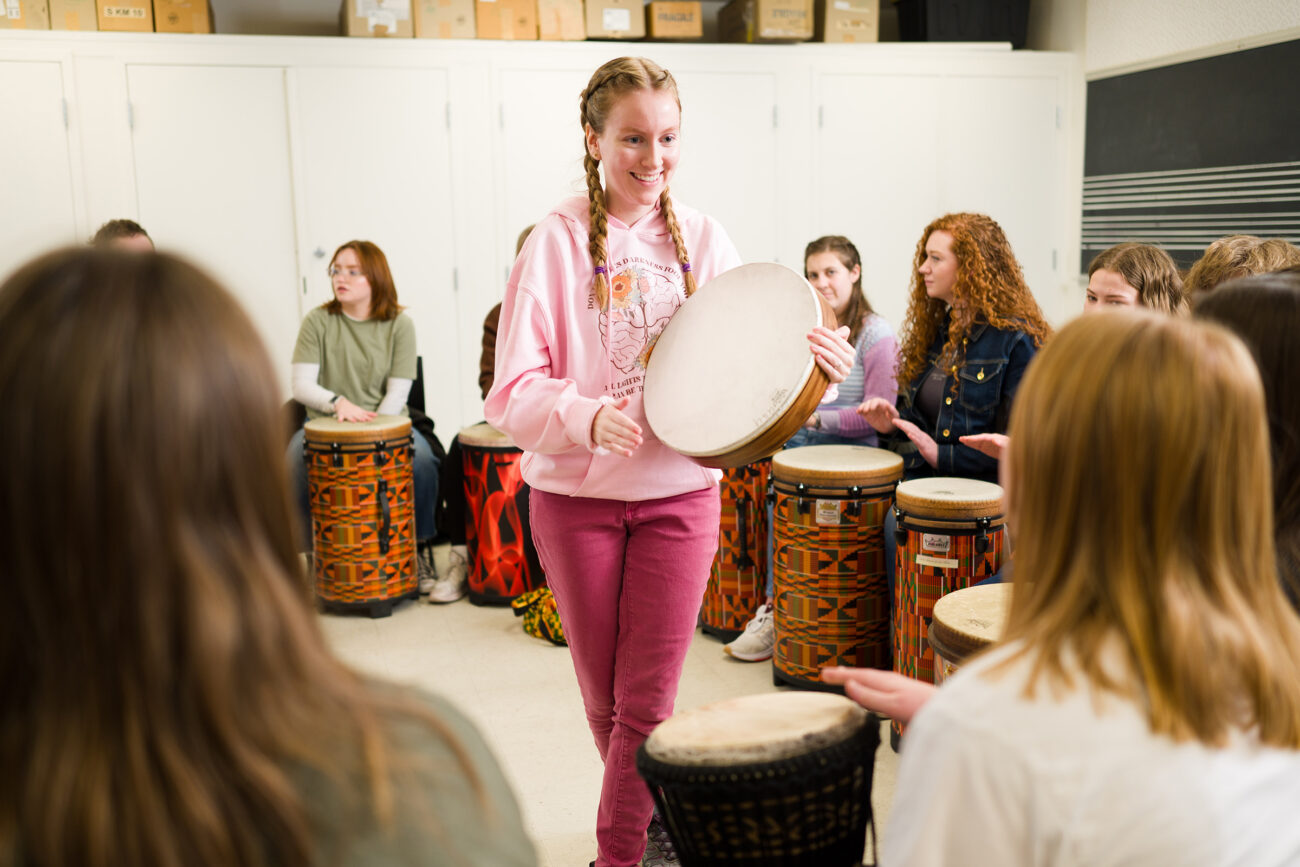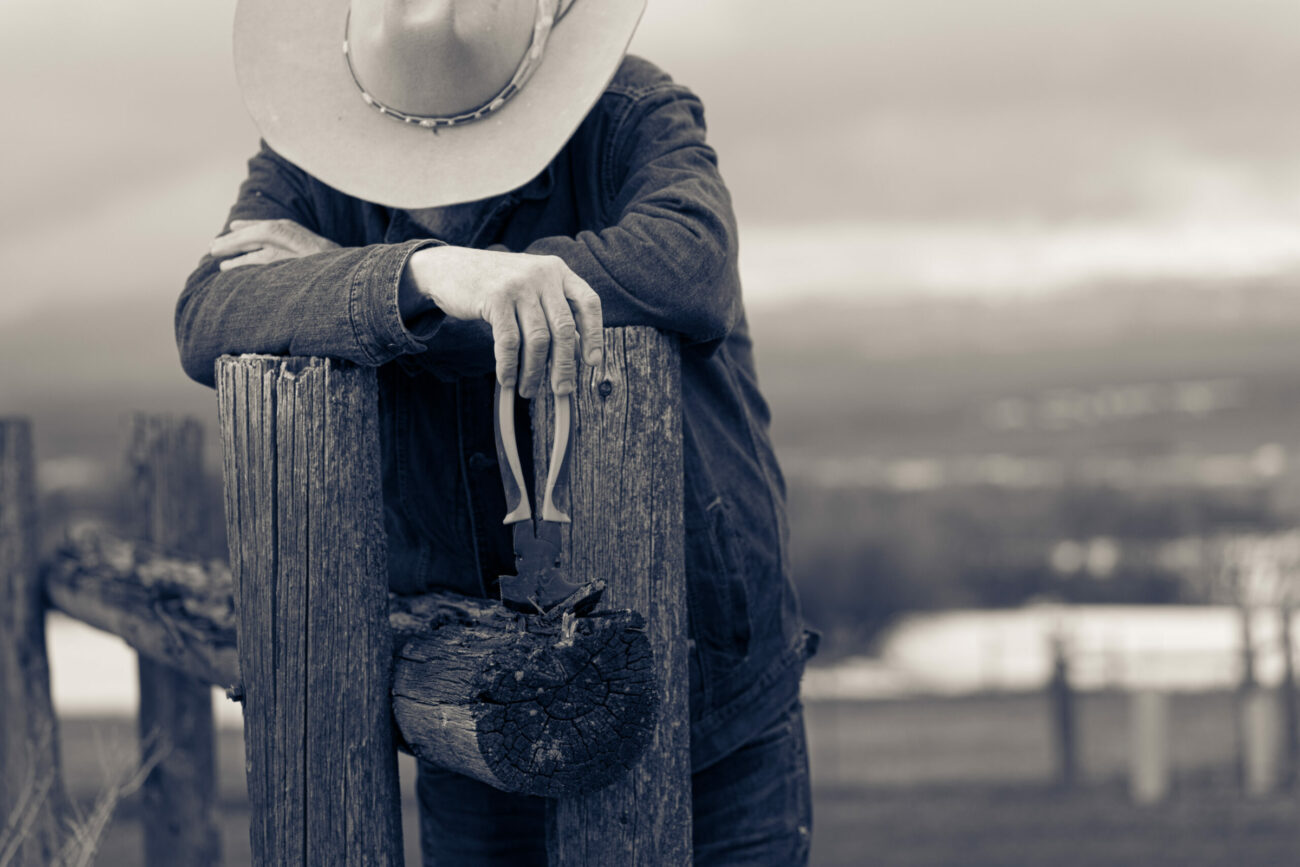Native Americans and the Smallpox Vaccine

USU history professor authors piece for medical journal Bulletin of the History of Medicine
By Jeff Hunter ’96
Utah State history professor Seth Archer had scarcely arrived at the Logan campus in the fall of 2018 when he began contemplating writing an in-depth article about the removal of Indigenous people from their native lands in the United States in the early 1800s. But having previously written about health issues involving Native Americans, Archer sought a specific focus, and his “stepping off point” ended up being the Indian Vaccination Act of 1832.
That legislation, which appropriated $12,000 to fund the smallpox vaccination of Native Americans, had passed just two years after President Andrew Jackson had signed the Indian Removal Act, and Archer found that timing perplexing.
“I thought that was really weird,” Archer notes. “Why in the world would Congress — which was a split Congress, as is often the case in American history — vote to vaccinate Native Americans to protect them against smallpox right after they voted to remove them from the nation? That just didn’t make sense to me.”

Archer certainly wasn’t the first historian to ask that question. But after reading numerous articles published by other scholars, he wasn’t completely convinced that previously made arguments were accurate.
“So, I just kind of started digging from there, and that’s what started this whole project,” Archer explains.
“The whole process took forever. By the end of it, I did wonder, should I have just written a book? Because this took years; a long time for one article,” he adds, acknowledging that, rather ironically, the beginning and end of the article bookended a worldwide pandemic and subsequent creation and implementation of a vaccine.
Archer ended up authoring an article entitled Vaccination, Dispossession, and the Indigenous Interior, which is slated to be published this fall in the Bulletin of the History of Medicine, the official journal of the American Association for the History of Medicine and the Johns Hopkins Institute of the History of Medicine.
Archer’s piece points out that despite an understandable lack of trust in the U.S. government, many Indian tribes still sought out and even requested the smallpox vaccine. He estimates that between 1832 and 1841, as many as 50,000 Native Americans were vaccinated thanks to the use of federal funds. Hired by the government, civilian surgeons traveled around the country with the expectation that they would administer the first vaccine in history to a hundred Native Americans a day via a method very similar to the one pioneered by English physician Edward Jenner in the late 1700s.
“Vaccine matter was obtained and prepared in various ways. In what was known as arm-to-arm or serial vaccination, fresh lymph (pus) was taken from a recently vaccinated person to infect another, eliciting the body’s immune response to the live virus,” Archer explains in his article. “Using a lancet, vaccinators made an incision on the arm and inserted the vaccine matter into the wound. Fresh vaccine was preserved on cotton threads, in ivory-tipped lancets, or between glass plates. Vaccinators also preserved vaccine matter in dried scabs kept in vials or small kits.”
Archer notes that more than 15,000 Native Americans living west of the Mississippi River were vaccinated in the 1830s, including members of the Shawnee, Omaha, and Osage tribes in parts of present-day Arkansas, Missouri, and Kansas. Many Indigenous people in the Upper Midwest were also vaccinated, which proved critical when the smallpox epidemic of 1837-38 killed tens of thousands of people across the Great Plains.
But while many members of the Dakota and Lakota tribes died during that outbreak, Archer points out that some of the nearby unvaccinated Indigenous groups like the Mandan (an estimated 90%) and Blackfeet (more than 60%) suffered far greater losses.
“Resistance to vaccination was not uncommon among Native people, yet many were open to the new form of preventive medicine, including some who sought it out and others who demanded it from the government,” the summary for Vaccination, Dispossession, and the Indigenous Interior states. “Departing from a scholarly consensus, the author argues, first, that the federal vaccination program should be viewed as a successful public health intervention in Indian Country and, second, that this success owed to Indigenous nations’ desire for protection against a singularly destructive pathogen.”
Along with several paintings from the period by renowned artist Karl Bodmer, Archer’s article is illustrated by a couple of maps created by former USU graduate student Jonah Bibo. Now pursuing a Ph.D. at the University of Nevada, Archer enlisted Bibo’s skills to help show where and how many Native Americans were vaccinated in specific regions, while also helping to support his conclusion that the federal government was vaccinating Indigenous people already living outside of what was then the official border of the United States.
“For me, the really important takeaway from those maps is that these people were not in the United States; they were way out to the West,” Archer proclaims. “That suggests something different than what previous historians have said that this was all about making Indian removal easier.
“You see that’s not the case when you see where people are getting vaccinated, along the Missouri River and Platte River and the Southern Plains. Whatever else might be happening, the government was sending this campaign to people who lived way outside the bounds of the nation.”
Editor’s note: While Archer’s article isn’t scheduled to be printed in the Bulletin of the History of Medicine until later this fall, a preprint version of Vaccination, Dispossession, and the Indigenous Interior is currently available online.





